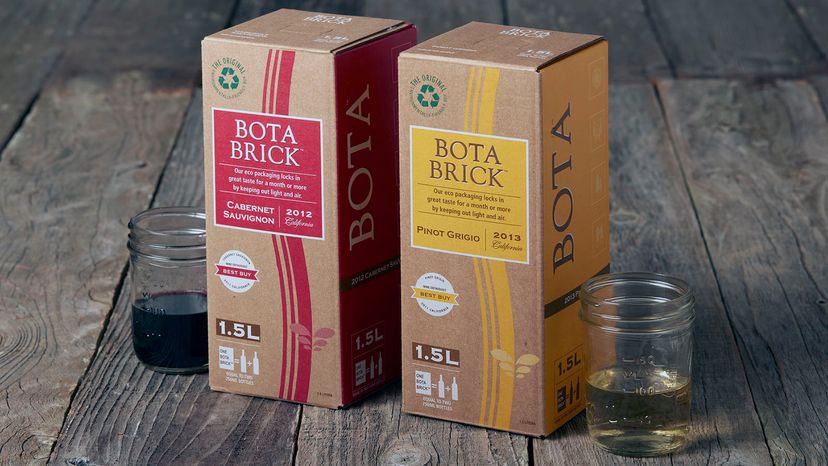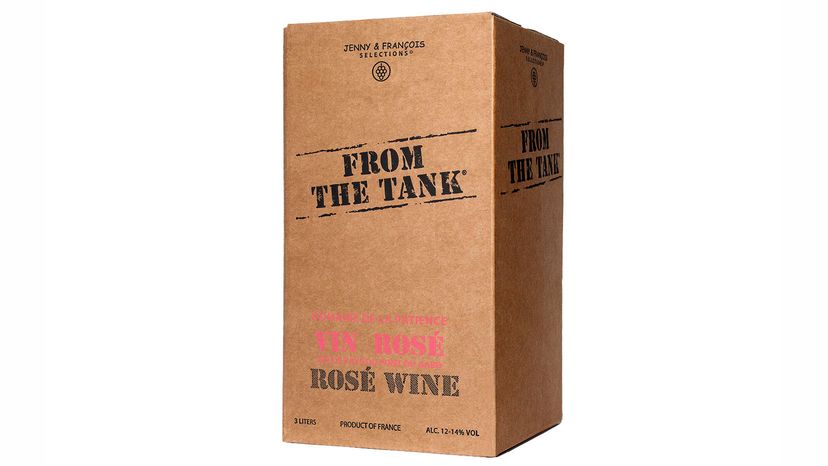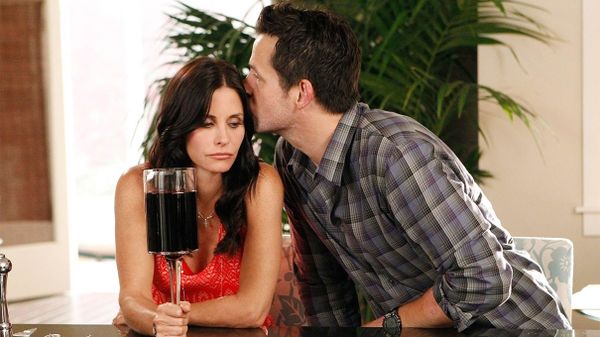Boxed wine has seen drastic improvements over the past 10 years, with many upscale brands adding this packaging to their lineup. Take the French, a culture known for top-of-the-line wine that rarely lacks quality. According to Confectionery News, French winemakers saw the potential in 2006 when a survey proved a growing demand. (Over 12 percent of consumers had purchased boxed wine, according to the report.) Destinations like Finland and Sweden sell up to 50 percent of their wine in boxes.
That's why upscale wine brands like Jenny & François Selections, which launched the eco-friendly From the Tank natural boxed wine brand in 2008, are seeing large-scale success. From the Tank's blends include a red (40 percent Grenache, 35 percent Syrah, 15 percent Carignan), white (100 percent chardonnay) and rosé (50 percent Cinsault, 30 percent Grenache Noir, 20 percent Syrah). Their grapes come from a small co-op in France's southern Rhône. The New York Times described From the Tank's 2009 Côtes-du-Rhône red as a pleasing wine that's "fresh and lively."
Today, even the less flashy, legacy boxed-wine brands are seeing growth. The State of the Wine Industry Report 2019 says that the box wine category grew by 4 percent in 2019, alone, fueled by large distributors like Constellation Brands, The Wine Group, Delicato Family Vineyards, Trinchero Family Estates and E. & J. Gallo Winery.
Of course, while Refinery 29 found many sommeliers are open to the trend of boxed wine, some purists say glass is (and always will be) the way to go. Like all foods and beverages, the best wine is the wine you like, whether it's a vintage bottle or vino served in an eco-friendly box. Long story short? Boxed is the new bottled, and we're not mad about it.
This story has been updated since it first went live Feb. 3, 2020.



